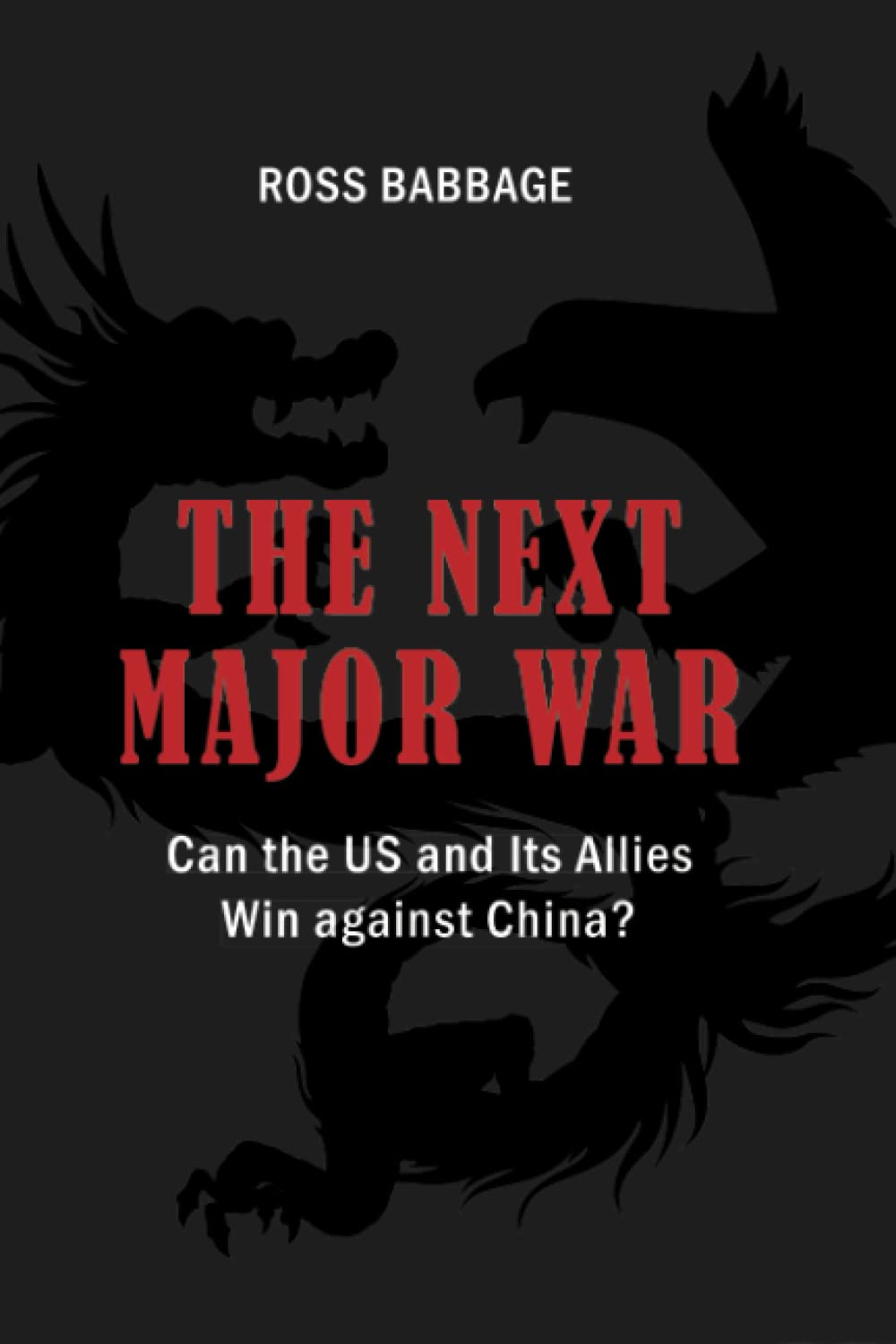Meeting the Chinese Military Challenge: Taking the Wide View
Ross Babbage in his new book, The Next Major War: Can the U.S. and its Allies Win Against China? takes the wider view of the Chinese military challenge.
Rather than limiting himself to a force-on-force analysis, he looks at the broader nature of the war the Chinese have prepared for and examines the situation which the liberal democracies have put themselves into with decades of globalization and accepting the Chinese intrusion into their domestic economies and politics of those democracies.
This is an important book and reflects the serious thinking and work which Babbage has devoted himself to over the past few years. One of the remedies which Babbage calls for to get the West in “fighting shape” is for strategic leadership in the West to discuss frankly with its publics about the situation we have put ourselves into. Babbage himself very much contributes to such leadership.
Babbage plays not only the Paul Revere role of warning of coming dangers but lays out in analytical and strategic detail what the danger is and what is needed to turn the ship around to deal with what I have referred to as the challenge of the 21st century authoritarians to create not just a challenge to the rules-based order but the path to whole new order marginalizing the liberal democratic states.
Babbage looks at the Chinese challenge from the standpoint of how President Xi thinks and might behave. There is little point about talking about deterrence if you don’t put this into play.
And my recent visit to Honolulu underscored that U.S. military leaders get this and are reworking the operations of their forces to let the Chinese military know that they will not be able to attrite the U.S. military easily or effortlessly in any conflict and by force distribution, kill web integration for combat effect and by operational counter-ISR can make that force hard to find and defeat. And by working in more integrated ways with allies across the Pacific, any Chinese calculation of being able to split allies concerned with the aggression of China will not be easy.
But for deterrence to become enhanced, the major challenge of endurance in conflict has to be met.
And this is where the major strategic weakness of the West is to be found.
This is the core of the book by Babbage and his major contribution to be found.
He examines in detail the question of the strategic depth of China (even greater when considered against the background of the alliance of 21st century authoritarians) versus the lack of magazine depth in the West for combat, the vulnerable supply chains, the deep divisions in the United States and some other Western societies, the de-industrialization of the West and the race to create the West’s hermetically sealed version of saving the planet.
Australia has functioned for some time as a raw materials supplier to China. The United States and Europe have outsourced key technologies to build the Chinese industrial juggernaut, and both have imported vast amounts of consumer goods from China. Even though the pandemic ought to have changed all this behavior, addictions are hard to control and change.
He concludes his book with these chilling words which frankly are on the mark: “While Americans and allied leaders need to take those lessons to heart, there are few signs that many are doing so. They continue to tolerate inadequate strategy, poor cross-agency coordination, and frequent bureaucratic fumbling and delays. Unless the current trajectory is markedly changed, the US alliance will likely fail. It will be a case of doing too little too late. So it all depends on whether and when American and partner leaders are prepared to make fighting fitness a first-order priority.
“The regime in Beijing knows this well. In the meantime it is watching closely, pushing ahead with its own preparations, and weighing its options.”

